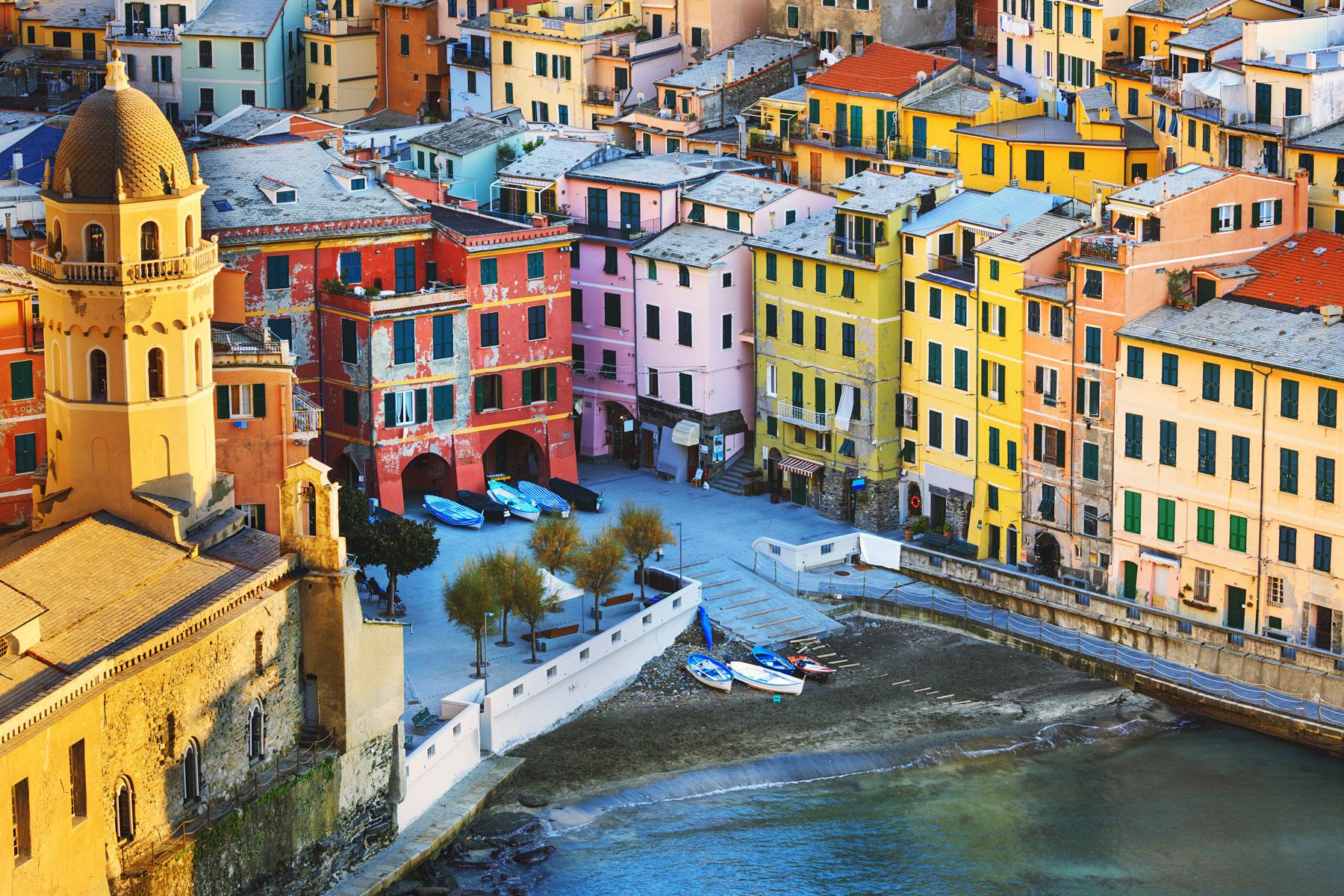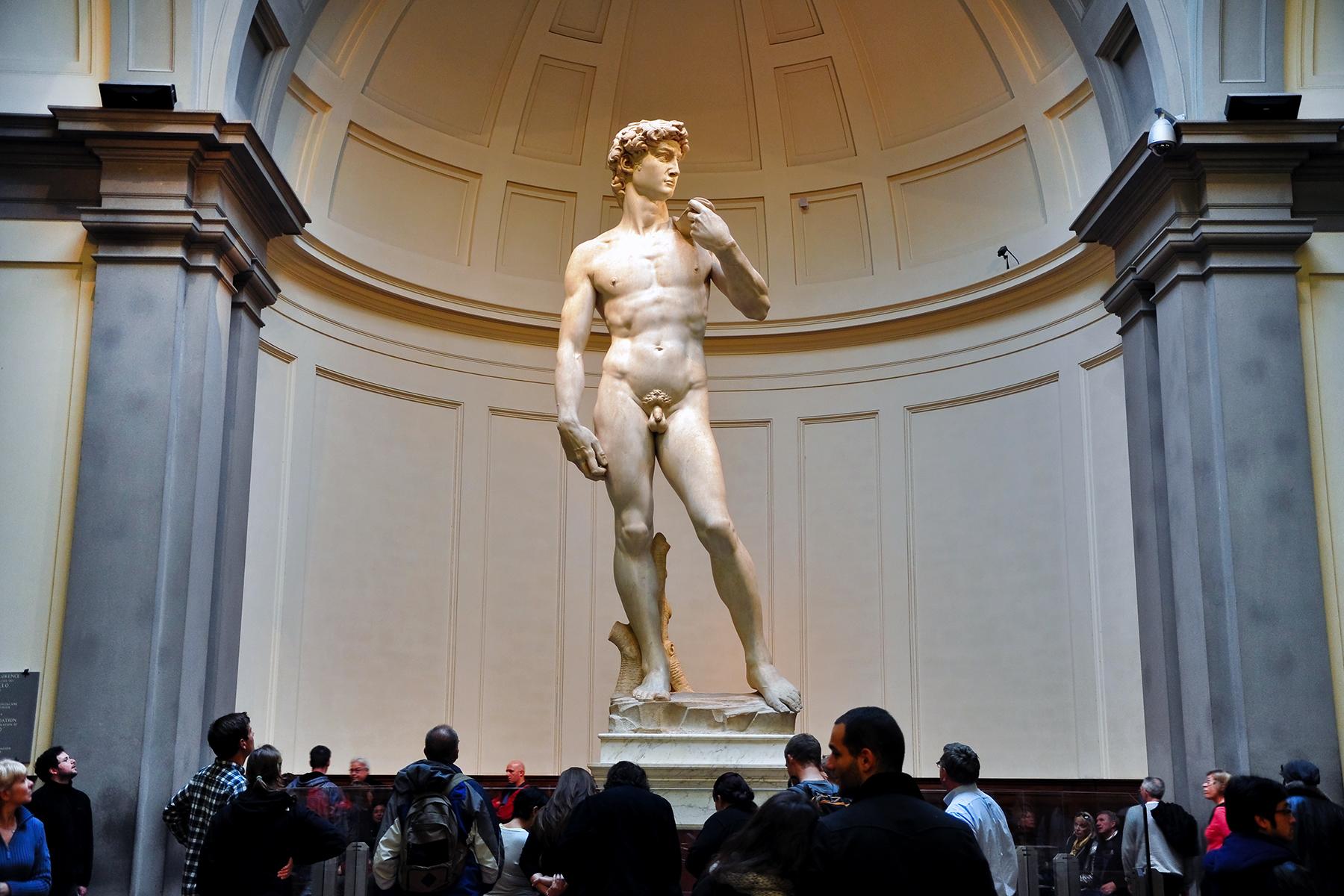The Bay of Naples
The Bay of Naples
If you're lucky enough to travel to Naples by water, a peacock's tail of splendor unfolds before you as you enter the vast Golfo di Napoli, the Bay of Naples. This pulse-tingling vista offers a turquoise-rimmed crescent of isles, hills, azure sea, ancient cities, and modern villas, all arrayed around the bay to the east and west of Naples.
But on each side of the city the earth fumes and grumbles, reminding us that all this beauty was born of cataclysm. Along the coast to the west are the Campi Flegrei, the Phlegrean Fields of the ancients, where the crater of the Solfatara spews satisfyingly Dante-esque gases and where hills like Monte Nuovo have emerged seemingly overnight. Nearby are the dark, deep waters of Lago d'Averno (Lake Avernus), the lake that was allegedly the ancient...
Read MoreIf you're lucky enough to travel to Naples by water, a peacock's tail of splendor unfolds before you as you enter the vast Golfo di Napoli, the Bay of Naples. This pulse-tingling vista offers a turquoise-rimmed crescent of isles, hills, azure sea, ancient cities, and modern villas, all arrayed around the bay to the east and west of Naples.
But on each side of the city the earth fumes and grumbles, reminding us that all this beauty was born of cataclysm. Along the coast to the west are the Campi Flegrei, the Phlegrean Fields of the ancients, where the crater of the Solfatara spews satisfyingly Dante-esque gases and where hills like Monte Nuovo have emerged seemingly overnight. Nearby are the dark, deep waters of Lago d'Averno (Lake Avernus), the lake that was allegedly the ancient doorway to the Underworld, realm of the pagan afterlife ruled over by the god Hades. To the southeast of Naples slumbers Vesuvius, the mother of all mounts, looking down from its 4,000-foot height at the coastal strip stretching from modern and ancient Pompeii all the way to Naples. With potential destruction ever at hand, it is no wonder that southern Italians—and in particular Neapolitans—obey to the letter Horace's precept: carpe diem (seize the day).
Even with the world's most famous volcano looming over the scene like a perpetual standby tombstone, visitors should feel relatively safe. The observatory on Vesuvius's slopes keeps its scientific finger on the subterranean pulse and will warn when signs of misbehavior become evident, so you need not worry about becoming an unwilling exhibit in some encore of Pompeii. You can simply concentrate on the memorable sights that fringe the spectacularly blue bay. The entire region is rife with legend and immortal names. Sixteen kilometers (10 miles) to the west of Naples lies an area where the emperors Claudius and Nero schemed and plotted in their villas, Virgil composed his poetry, and where, at Puteoli (now Pozzuoli), the Apostle Paul landed to spread the Gospel. Here, in and around what was called the Phlegrean (burning) Fields, are ancient sites like the Greeks' first colony in mainland Italy, the city of Cumae, home of the famed Cumaean Sibyl; the luxury-loving Baia, whose hot springs made it ancient Rome's most fashionable pleasure dome; and the amphitheater of Pozzuoli, whose subterranean galleries are better preserved than even those at Rome's Colosseum. Here are the Campi Flegrei—inspiration for Virgil's Aeneid and Dante's Inferno—and the sulfur-bound Solfatara. Leapfrogging over Naples and spread out east along the bay are the ancient noble villas at Oplontis and Stabiae and, in the shadow of Vesuvius, Herculaneum and Pompeii—among the largest archaeological sites in Europe. Nowhere else in Italy is there a comparable mingling of natural vigor with the remains of antiquity.







